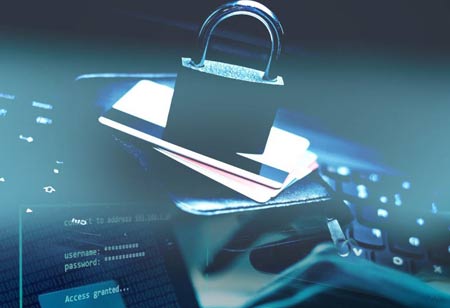THANK YOU FOR SUBSCRIBING
Be first to read the latest tech news, Industry Leader's Insights, and CIO interviews of medium and large enterprises exclusively from CFO Tech Outlook
THANK YOU FOR SUBSCRIBING

By
CFO Tech Outlook | Monday, December 12, 2022
Stay ahead of the industry with exclusive feature stories on the top companies, expert insights and the latest news delivered straight to your inbox. Subscribe today.
Accounts payable lists an organization's short-term debts and current obligations. Long-term debts and obligations (such as leases and employee wages) are not accounts payable.
Fremont, CA: Accounts payable gets handled by finance teams worldwide, and a big part of their job is to pay bills on time, every time. Many medium and big enterprises only purchase and get products and services the same day they pay the vendor or contractor.
What are accounts payable?
Accounts payable is a list of an organization's liabilities or debts due to purchasing products and services. Accounts payable are sometimes known as trade payables.
Accounts payable lists an organization's short-term debts and current obligations. Long-term debts and obligations (such as leases and employee wages) are not accounts payable.
Accounts payable is a liability in the general ledger with a credit line equal to the sum owing. Similarly to how credit cards function, the cardholder spends the credit card company's money with the understanding that it will get returned in full. As a result, the overall liabilities in amounts owing should match the entire amount of credit after the ledger. Therefore, the accounts balance and the balance sheets must reflect a zero difference.
The fundamentals of accounts payable
A good AP procedure requires the same information for every business. The following are the main components of any accounts payable balance sheet:
• Name of the vendor
Organizations must know who or what firm owes them money.
• Account number
This is often the organization's billing account, although other accounts serve various functions.
• Invoice number
Aside from the vendor name and billing amount, this is the most crucial information on the invoice.
• Expense category
Was there a technology cost? A cost for office supplies? Is this a one-time cost?
• Date of invoice receipt
This is the date the organization acquired the products or services, not when the vendor created the billing statement.
• Status
This indicates if the accounting or procurement team has paid the invoice or if it is outstanding, late, or under review.
Some AP recommendations for non-accountants
Many smaller businesses are expanding rapidly, but they still need to be at the point where hiring a staff of skilled accountants is a possibility.
Here are two straightforward methods for the executives or owners of these rising underdogs to produce an accounts payable record.
To begin, every invoice, billing statement, and other item in the accounts payable record should follow a uniform structure and include all of the accounts mentioned above payable criteria.
Second, in the organization's general ledger, file accounts payable under "liabilities." AP records the following sorts of paperwork to make accounts payable smoother to keep, settle, and balance: purchase orders, invoices from supply chain partners, contracts and payment conditions, and other contracts with vendors and independent contractors.
I agree We use cookies on this website to enhance your user experience. By clicking any link on this page you are giving your consent for us to set cookies. More info

However, if you would like to share the information in this article, you may use the link below:
www.cfotechoutlookeurope.com/news/accounts-payable-in-a-nutshell-nid-1964.html



